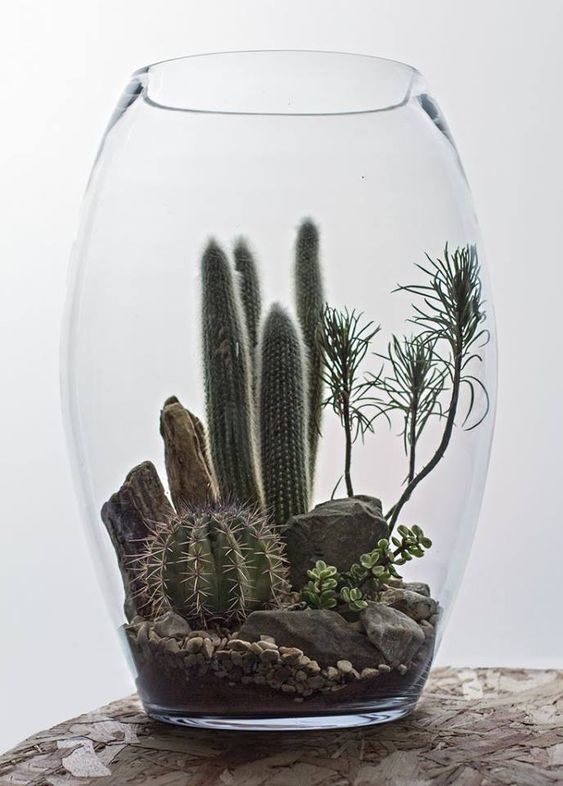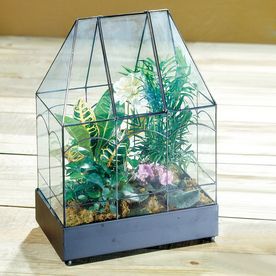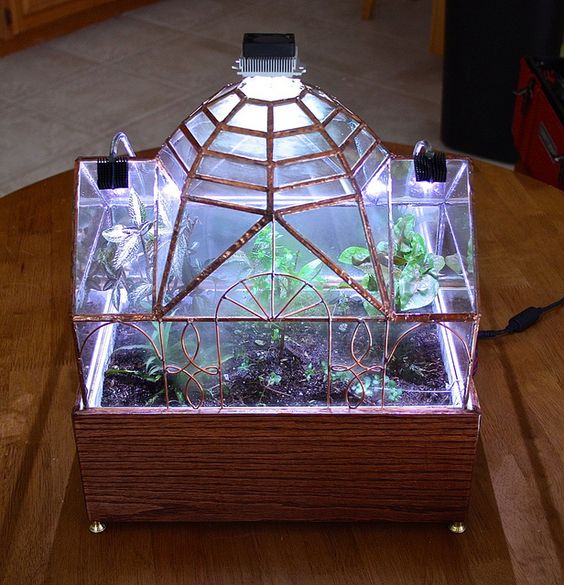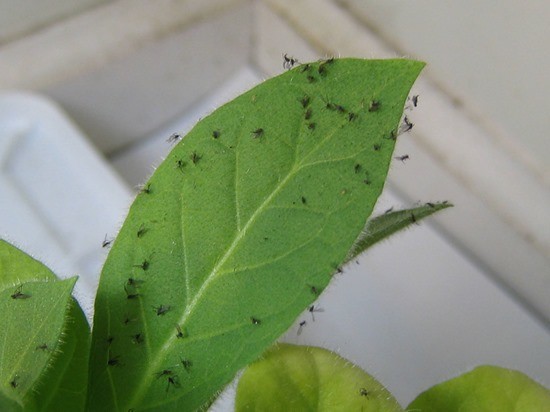I have been thinking about terrariums lately. My terrarium happens to be a large vessel with a narrow throat I received for Christmas. The biggest point depending on the success of these types of container gardens is providing for good drainage because glass containers don’t have bottom drainage holes like regular flower pots. You can use any size glass container to make yours, ranging from a jar or brandy snifter to a fish tank.

I got these steps off the internet.
1. Start with a 1 1/2″ layer of small pebbles on the floor of the container.
2. Cover the pebbles with a thin layer of loose charcoal, which will help keep the water in your garden from stagnating.
3. Cover the charcoal with an inch layer of sphagnum moss . Look in the aquarium/terrarium section of a pet store for the pebbles, charcoal, and moss.
4. Now, add enough potting soil so that the total contents occupy about 1/4 of the container. There will be some settling of the layers.
5. Choose small or miniature plant varieties so they don’t overtake the container. You have to experiment to see what type of plants do well for you. The plants that have found to be the best suited for terrariums are slow growers, tropical plants. Most cacti and succulents are suited for an open dry container.

I like miniature animals (especially dinosaurs), otherwise it’s just a garden in a glass bowl. I will show you my terrarium when it is done. Below are some examples:


